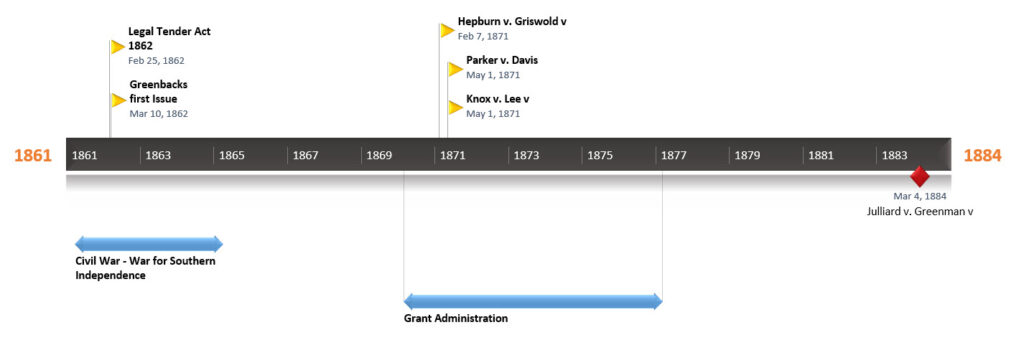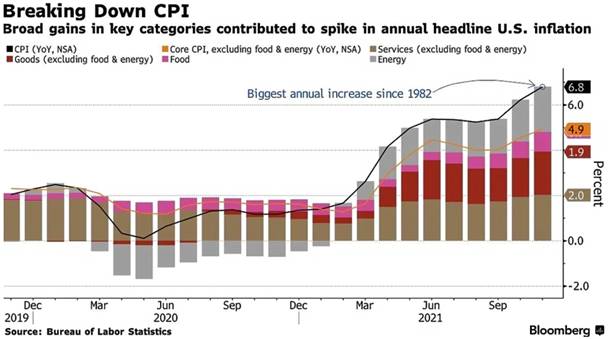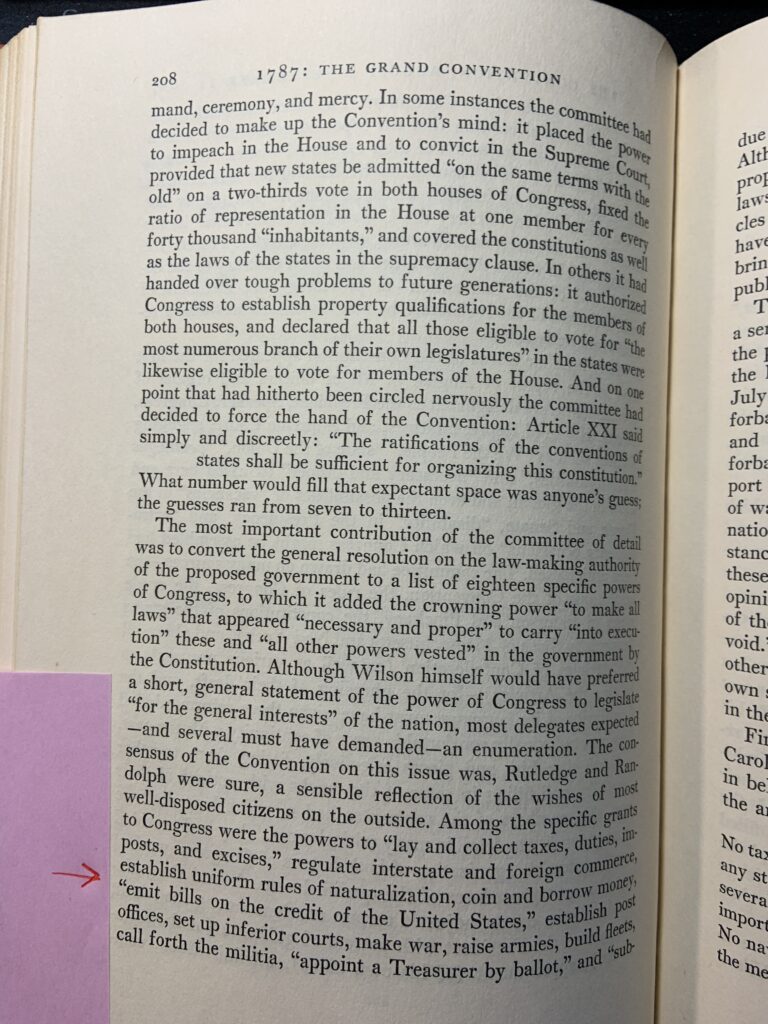Paragraphs 17 - 22
17) And to aid in the communication and cooperation between individuals, and it follows commerce between the People of all nations and within the union and thus help prevent the use of force, fraud, and the mischiefs of mankind; the general government is to fix a standard of:
• First) length,
• Next) capacity or volume, and
• Finally) to fix or define the unit of the commodity to be used as money, which is a generally accepted common indirect medium of exchange between people,
18) And it is the individual person that determines the value of an object or service in an unhampered market,
19) And, a person’s value of the object or service is based on her or his existence and experience at that particular moment in time, and is a subjective feeling or judgment,
20) And it follows from the experience of mankind that only a commodity that is recognized by people to be highly salable or marketable, and can be touched and measured, quality determined, and felt by people in this reality on this earth and without political influence can be called honest money,
21) And that humanity has learned from experience that gold, or silver or precious metals of known quantity and quality are best suited to serve as honest or sound money, and although not being the most perfect medium for exchanging or transferring physical wealth or storing its value, it has been shown to have the higher redeeming quality of being more free from the mischiefs of political man, nations, banking and financial institutions,
22) And that when a contract or agreement is made through the issuance of a piece of paper or electronic entry to represent ownership of this commodity money, great efficiency of transactions and commerce ensue; however, when issued and not completely backed (i.e., paper or fiat money; or a fractional reserve banking system, which is but a form of tricky, embezzlement and legal plunder) by an actual commodity which is an action easy for some in power to rationalize to the good, and confuse and hide from the People and is a form of trickery or fraud; all forms of irrational decisions and misery have been shown through experience to ensue,
All of the above paragraphs working together deal with our money. For money to be effective it needs to honest and trustworthy. I will elaborate more later but I want to put into your hands the reason why we have fiat money, or paper money, in your wallet today. It has to do with the legal tender cases, and you may have heard the President Grant packed the court. As soon as Grant put two new justices on the court in 1871 a previous court case was overruled which made paper money a legal tender. The case that was overruled was Hepburn vs. Griswold. The legal cases that did the overruling were Knox vs. Lee and Parker vs. Davis. Another case, Julliard vs. Greenman, written in 1884 further elaborated on the Federal Government having the power to print paper money. The court was in error and was in dire need of some ethical training. Just because the court may rule that 2 + 2 = 5, the mathematical laws still maintain that it is 4.
I provide the Opinion and the Dissenting opinion of the Justices for that court case here for your inspection. I think you will find the Dissenting opinion will make sense to you, and the Opinion of the court should probably concern you if you have a moral code. Some may say the Legal Tender cases settled the question. No they didn’t, when the decision made was unethical. [Does the whole house of cards have to fall down before we fix this? This is one of the reasons we have the large federal debt/deficits and soon to be run-away inflation! Why aren’t more people talking about this important and fundamental flaw in our culture/system of government?!] We are America. I thought we were supposed to set the high ethical standard for the world!
When reading the opinion of the court written by Justice Gray you will find it’s a bunch of heavy sounding words thrown together with the sound of a mighty purpose, which gives Congress the power to make paper money legal tender. It is actually a form of specious reasoning. As if the more words you can put down makes it more believable. Throw enough words against the wall and hope something sticks. In the opinion of the Court they even leave out the overwhelming fact that at the constitutional convention they voted 9 to 2 to eliminate the power of printing money from the Federal government. One really questions the moral and ethical character of the majority. The court got Dread Scott wrong and they got this wrong too.
What is very interesting about this case is reading the dissenting opinion of the court by Justice Stephen Field. I think you will agree he has a much easier job to do, as it’s easy to talk about things that are truthful and right. Reading his opinion will help show how the supreme court majority got it so wrong that day in 1884. Oh, the basic economic laws of nature will prove Justice Fields to be right. Just like 2+2=4, even if they say it’s equal to 5.


Read “The Complaint,” for additional information. Click the button at the right.
Another source gets it wrong. When reading “1787 The Grand Convention” by Rossiter, Clinton, “1787 The Grand Convention,” The Macmillan Company, New York, 1966, page 208, the following is stated, “….coin and borrow money, “emit bills on the credit of the United States,” establish post offices, set up inferior courts . . . ” This quote says it’s a power of the Federal Government to emit bills (or paper money) on the credit of the United States, when in fact it was specifically addressed at the Constitutional Convention and was eliminated as a power by a vote of 9 to 2. I would actually call this a lie, but because the gentleman who wrote this has passed away I will just call it an error. The images to the right and below show the book and the quote.






